Deskripsi
Pengenalan probe korosi
Peran probe korosi EMT dalam industri
Probe korosi EMT adalah alat penting dalam proses pemantauan. Ini dirancang untuk mendeteksi dan mengukur tingkat korosi, memberikan solusi praktis untuk industri yang perlu mengawasi kesehatan infrastruktur. Dengan menggunakan prinsip pengukuran resistansi, probe dapat memberikan data laju korosi real-time yang akurat, memberikan dukungan yang berharga untuk proses pengambilan keputusan. Probe korosi EMT adalah instrumen utama untuk pemantauan korosi. Ini menyediakan data yang andal dan real-time yang memungkinkan industri untuk mengelola infrastruktur dan peralatannya dengan lebih baik, pada akhirnya berkontribusi pada operasi yang lebih aman dan lebih efisien.
Probe korosi EMT adalah bagian penting dari strategi manajemen aset di berbagai industri. Di ladang seperti pemrosesan minyak, gas alam, produksi kimia dan pengolahan air, penggunaan probe tersebut berkontribusi pada keamanan keseluruhan pemeliharaan dan operasi harian. Dengan memberikan pengukuran tingkat korosi yang akurat, ini dapat membantu industri membuat keputusan berdasarkan informasi tentang pemeliharaan aset, sehingga meningkatkan efisiensi operasional.
Pentingnya pemantauan korosi
Pemantauan korosi adalah tugas penting di banyak industri. Proses ini melibatkan mengamati dan mengukur laju di mana material terdegradasi akibat korosi. Tugas ini sangat penting karena membantu mengidentifikasi tautan lemah dalam infrastruktur dan peralatan sebelum menyebabkan kegagalan. Dengan mendeteksi korosi lebih awal, pemeliharaan preventif dapat dilakukan, memperpanjang umur aset -aset ini dan mengurangi biaya yang terkait dengan kegagalan dan penggantian yang tidak terduga.
Dunia industri sangat bergantung pada integritas dan daya tahan infrastruktur dan peralatannya. Namun, unsur -unsur ini terus terancam oleh proses alami yang disebut korosi, yang merupakan kerusakan yang terjadi ketika suatu bahan (biasanya logam) bereaksi dengan lingkungannya. Konsekuensi dari korosi yang tidak terkendali bisa parah dan menyebabkan kerusakan signifikan pada aset kritis ini.
Memahami korosi
Memahami korosi
Korosi adalah proses alami yang merupakan akibat langsung dari degradasi bertahap suatu bahan karena bereaksi dengan lingkungannya. Fenomena ini biasanya dikaitkan dengan logam, meskipun dapat mempengaruhi bahan lain juga. Bentuk korosi yang paling dikenal adalah karat, yang terjadi ketika zat besi atau paduannya, seperti baja, terpapar oksigen dan kelembaban untuk waktu yang lama.
Apa itu korosi, dan mengapa itu penting?
Korosi adalah reaksi kimia atau elektrokimia yang terjadi ketika suatu bahan (biasanya logam) bereaksi dengan lingkungannya dan mulai memecah atau mengubah sifatnya. Kecepatan dan keparahan proses korosi dapat dipengaruhi oleh sejumlah faktor, termasuk jenis bahan, kondisi lingkungan, dan adanya bahan kimia tertentu.
Pentingnya korosi melampaui degradasi yang terlihat atau perubahan warna material. Pada tingkat mikroskopis, korosi dapat mengubah integritas struktural bahan, membuatnya lebih lemah dari waktu ke waktu. Ini sangat memprihatinkan untuk industri yang bergantung pada kekuatan dan daya tahan bahan untuk mempertahankan operasi yang aman dan efisien.
Dampak korosi pada infrastruktur dan peralatan
Dampak korosi pada infrastruktur dan peralatan sangat mendalam. Seiring waktu, korosi dapat menyebabkan kerusakan struktural yang parah dan inefisiensi operasional. Misalnya, pipa yang terkorosi dapat bocor, yang menyebabkan hilangnya sumber daya yang berharga dan potensi bahaya lingkungan. Demikian pula, struktur yang terkorosi dapat melemah dan pecah, menimbulkan risiko keamanan yang signifikan.
Selain itu, biaya keuangan yang terkait dengan korosi cukup besar. Industri harus berinvestasi dalam pemeliharaan rutin, penggantian dan, dalam beberapa kasus, perombakan total infrastruktur untuk mengurangi efek korosi. Biaya -biaya ini dapat berdampak signifikan pada garis bawah organisasi.
Aksesori sistem pemantauan korosi
Probe Korosi: Ini adalah komponen utama dari sistem pemantauan korosi. Ini dirancang untuk mendeteksi dan mengukur laju korosi dalam pipa dan peralatan. Ini melakukan ini dengan mengukur perubahan resistensi elemen sensitif selama korosi.
Adaptor Probe: Aksesori ini digunakan untuk menghubungkan probe korosi ke sistem. Ini memastikan bahwa probe disejajarkan dengan benar dan terhubung dengan aman, memfasilitasi pengumpulan data yang akurat dan andal.
Portabel Data Logger: Ini adalah perangkat genggam yang digunakan untuk mengumpulkan dan menyimpan data dari sistem pemantauan korosi. Biasanya dilengkapi dengan teknologi Bluetooth, yang memungkinkannya menerima data dari sistem secara nirkabel. Data ini kemudian dapat dianalisis untuk memantau laju korosi.
Pemancar nirkabel: Komponen ini bertanggung jawab untuk mengirimkan data secara nirkabel dari probe korosi ke logger data portabel. Ini dirancang sebagai konstruksi yang tertutup ledakan, membuatnya cocok untuk digunakan di lingkungan industri yang menantang.
Basis: Basis adalah bagian dari sistem, biasanya dilas ke pipa atau peralatan yang dipantau. Ini adalah dasar untuk memasang probe korosi dan komponen lain dari sistem.
Unit Plug: Digunakan untuk menghubungkan probe korosi ke pangkalan. Ini memiliki segel untuk memastikan kesesuaian yang ketat, yang penting untuk pemantauan korosi yang akurat.
Penutup pelindung: Aksesori ini digunakan untuk melindungi probe korosi dan komponen lain dari sistem dari kerusakan. Ini sangat penting dalam lingkungan industri yang keras di mana sistem dapat terpapar guncangan fisik atau zat korosif.
Konektor meter: Komponen ini digunakan untuk menghubungkan berbagai komponen dari sistem pemantauan korosi bersama -sama. Ini memfasilitasi transmisi data antara probe korosi, pemancar nirkabel dan penebang data portabel.
Posisi kunci: Ini bukan komponen fisik, tetapi fitur desain dari berbagai bagian sistem. Ini mengacu pada penyelarasan spesifik yang diperlukan saat komponen kabel bersama -sama. Penyelarasan sesuai dengan posisi utama memastikan operasi sistem yang tepat dan pengukuran korosi yang akurat.
Perakitan probe korosi
Pertama, koneksi dibuat antara unit steker dan probe. Bagian putih dari unit steker disegel. Segel antara pangkalan dan unit steker terletak di sini. Ini adalah benang terbalik yang perlu disekrup ke arah yang berlawanan dan dikencangkan dengan kunci pas. Selanjutnya, masukkan unit steker ke dalam pangkalan dan kencangkan. Basis biasanya dilas ke pipa. Perisai kemudian dipasang di pangkalan. Kedua, adaptor probe memiliki takik, dan probe memiliki keyway. Masukkan adaptor dan probe yang sesuai, kencangkan benang, dan pada saat yang sama kencangkan mur di bagian atas (mur dikencangkan untuk mencegah adaptor berputar saat digunakan). Ketiga, pasang pemancar nirkabel dan hubungkan ke catu daya untuk memastikan tidak terhubung di area tahan ledakan. Hubungkan dua soket putih bersama -sama. Setelah beberapa detik, lampu hijau akan berkedip dan kemudian secara otomatis mati setelah beberapa saat. Setelah menghubungkan catu daya, pasang perisai pemancar nirkabel dan bawa ke situs. Setelah kedatangan, lepaskan tutup pelindung merah dari steker pemancar nirkabel. Hubungkan posisi kunci pada pemancar nirkabel ke posisi kunci pada adaptor. Kemudian pasang mur sambungan dan kencangkan dengan kunci pas. Akhirnya, terkunci dengan sekrup, dan pemasangan seluruh peralatan selesai.
Prinsip Kerja Probe Korosi EMT
Prinsip Kerja Probe Korosi EMT
Prinsip kerja probe korosi EMT sederhana dan efektif. Ini mengambil keuntungan dari konsep perubahan resistensi dalam material, yang terjadi karena sifat progresif korosi. Probe terdiri dari elemen sensitif korosi yang resistance dapat dipantau secara langsung dari waktu ke waktu. Ketika korosi terjadi dan material terdegradasi, nilai resistansi berubah, memberikan pengukuran laju korosi yang dapat diukur.
Konsep Perubahan Perlawanan
Di bidang listrik, resistensi adalah ukuran sejauh mana perangkat atau material menahan arus listrik. Ini adalah konsep mendasar dalam rekayasa listrik dan sangat penting ketika membahas korosi. Ini karena proses korosi dapat secara signifikan mengubah resistensi material.
Ketika logam terkorosi, permukaannya secara bertahap menurun, menyebabkan ketahanannya meningkat. Ini karena lapisan korosi bertindak sebagai penghalang, menghalangi aliran listrik. Perubahan resistensi ini dapat diukur secara tepat dan digunakan sebagai indikator langsung dari tingkat korosi yang dialami oleh logam.
Bagaimana korosi memengaruhi resistensi
Korosi, sebagai proses kerusakan, mengikis bahan, biasanya menciptakan lapisan karat atau produk korosi lain di permukaan. Lapisan ini umumnya kurang konduktif daripada logam asli, sehingga meningkatkan resistensi keseluruhan material terhadap arus.
Ketika proses korosi berlanjut, luas permukaan logam berkurang sementara resistansi meningkat. Dengan memantau perubahan resistensi ini, probe korosi EMT dapat secara akurat menilai laju korosi secara akurat secara real time. Untuk industri yang perlu memahami kondisi dan umur panjang infrastruktur dan aset, data ini sangat berharga dan dapat menginformasikan keputusan pemeliharaan dan penggantian yang tepat waktu.
Bagaimana cara menghitung laju korosi?
Dengan mengurangi berat sampel, Anda dapat menghitung laju korosi menggunakan rumus ASTM langsung:
![]()
V: Laju korosi (μm/tahun)
M∆: Contoh perubahan berat (mg)
ρ: Kepadatan paduan (g/cm3)
S : Area sampel yang terpapar lingkungan (cm2)
t: Durasi pemaparan (h)
K: Koefisien tetap (106*8.76، Dengan satuan yang digunakan untuk istilah lain)
Manfaat menggunakan probe korosi EMT
Manfaat menggunakan probe korosi EMT
Kemampuan penyelidikan korosi EMT untuk secara akurat mengukur tingkat korosi membawa banyak manfaat bagi industri yang bergantung pada infrastruktur dan integritas peralatan. Mari kita mempelajari beberapa keuntungan ini.
Meningkatkan standar keselamatan
Salah satu manfaat utama menggunakan probe korosi EMT adalah membantu meningkatkan standar keselamatan. Dengan memberikan data real-time tentang tingkat korosi, alat ini dapat membantu industri mengidentifikasi potensi kelemahan dalam infrastruktur sebelum menjadi kritis. Deteksi dini ini memungkinkan pemeliharaan yang tepat waktu atau penggantian komponen, mengurangi risiko kegagalan peralatan, kecelakaan dan bahaya keselamatan terkait.
Efisiensi biaya jangka panjang dan umur panjang infrastruktur
Selain meningkatkan keamanan, probe korosi EMT membantu meningkatkan efisiensi biaya dan masa pelayanan infrastruktur. Dengan mengidentifikasi area korosi tinggi, industri dapat melakukan pekerjaan pemeliharaan lebih efisien dan menghindari pengeluaran uang yang tidak perlu untuk bagian -bagian yang masih dalam kondisi baik.
Selain itu, melalui intervensi tepat waktu, probe membantu memperpanjang masa pakai infrastruktur dan peralatan. Ini tidak hanya menghemat biaya penggantian prematur, tetapi juga mengurangi downtime karena kegagalan peralatan yang tidak terduga.
Selain itu, data real-time probe yang tepat dapat menginformasikan strategi manajemen aset jangka panjang. Dengan memahami tingkat dan lokasi korosi, industri dapat merencanakan lebih baik untuk masa depan dan membuat keputusan berdasarkan informasi tentang pengembangan infrastruktur, rencana pemeliharaan, dan alokasi anggaran.


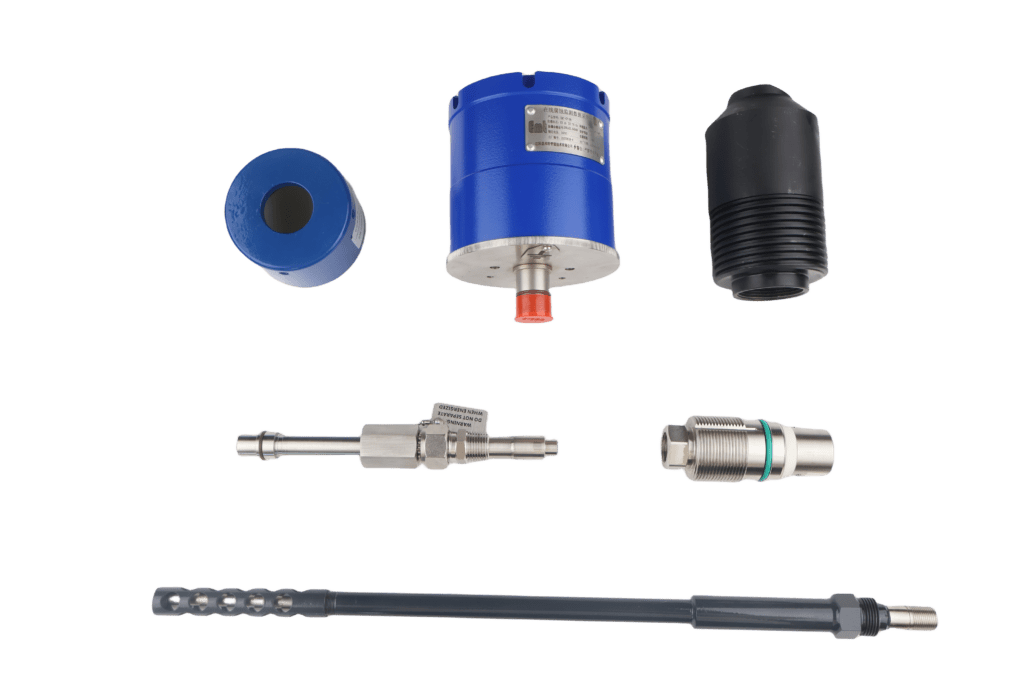
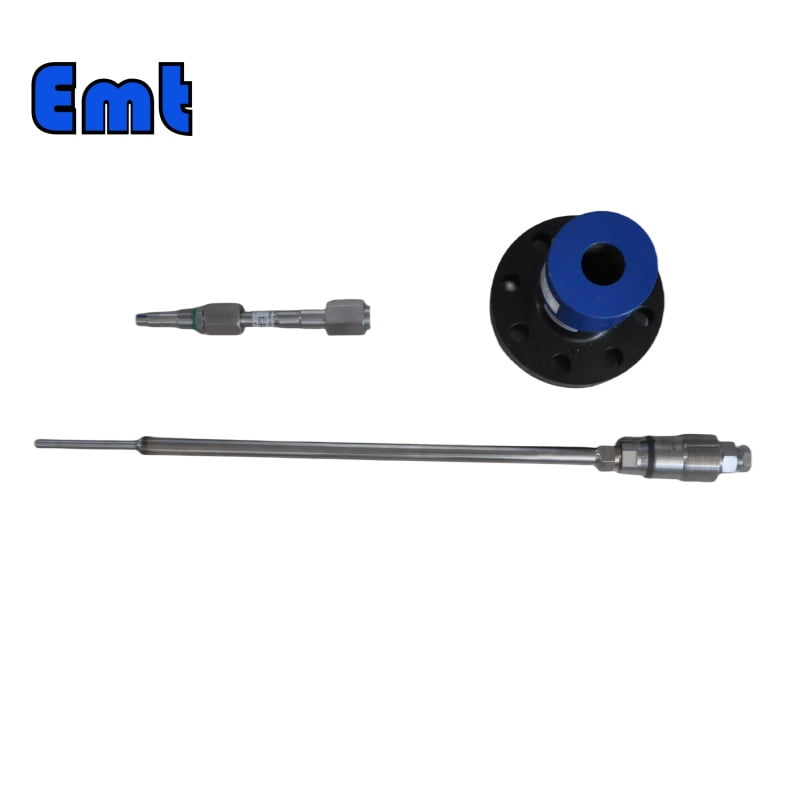
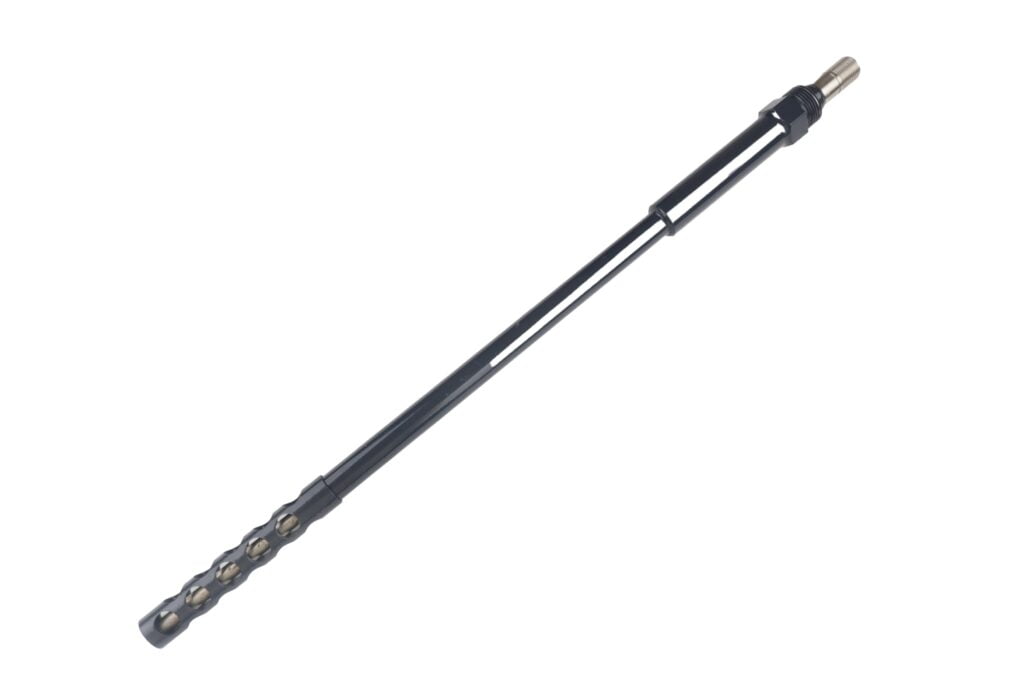
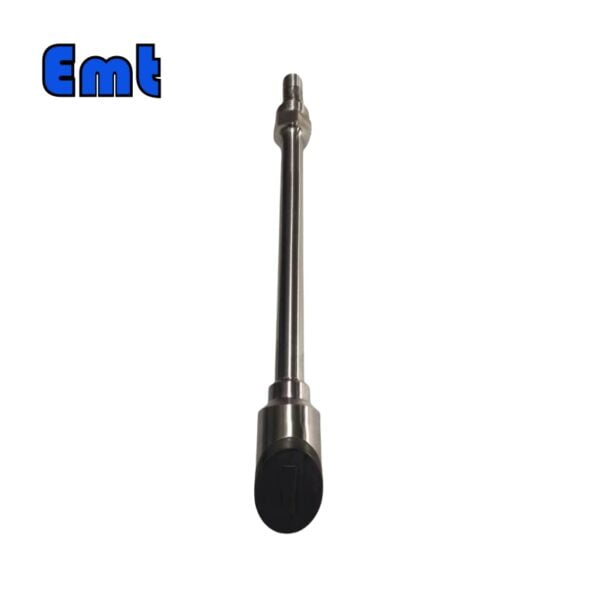
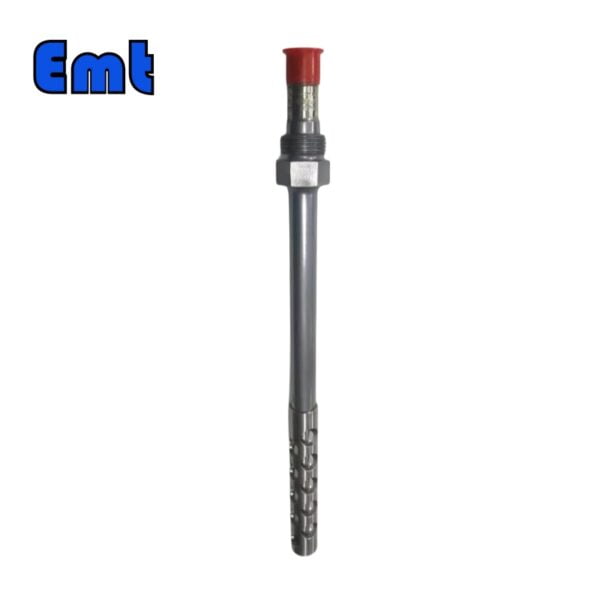
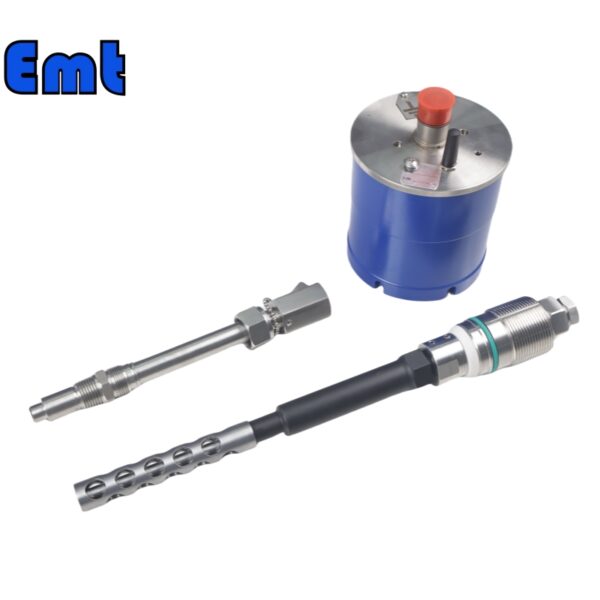
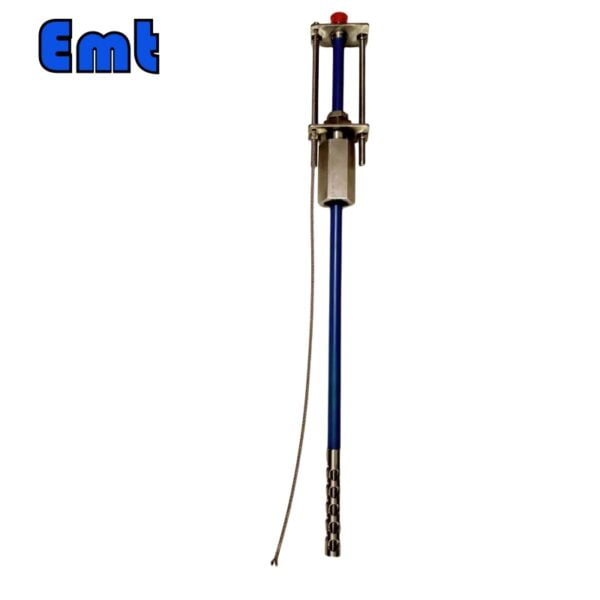
Ulasan
Belum ada ulasan.